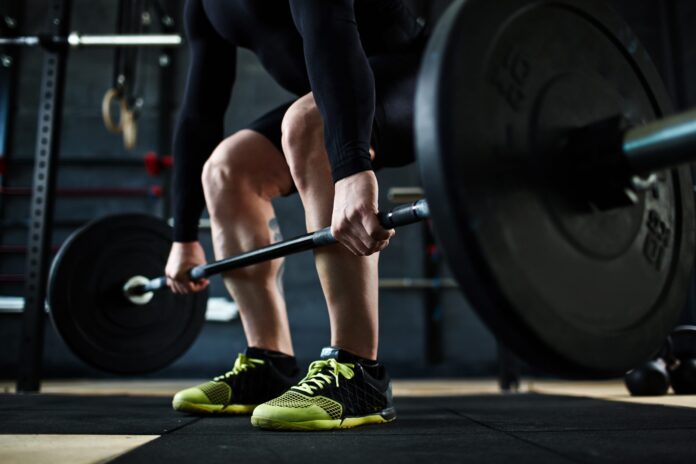Incorporating barbell exercises into your workout routine can be incredibly effective in building strength and muscle mass. However, choosing the right one for your fitness goals can be overwhelming with so many different barbells on the market. Selecting the perfect barbell requires considering weight capacity, diameter, length, knurling, and flexibility. Understanding their anatomy and choosing the right one for your needs can maximize your workout and achieve the desired results. This article will guide you through selecting the best barbell to support your fitness journey.
Understanding the Anatomy of a Barbell
A barbell is a long metal bar with weights attached at either end. The bar itself can vary in length and diameter, with different types of bars designed for other exercises. They are of two types- Olympic and standard barbells.
The Olympic barbell is longer and thicker than standard ones, with a diameter of 2 inches and a length of 7 feet. They are also used for powerlifting exercises like squats and deadlifts.
On the other hand, the standard barbell is shorter and thinner than Olympic ones, with a diameter of 1 inch and a length of 5-6 feet. They are used for basic exercises such as bicep curls, bench presses, and rows.
Choosing the Right Barbell for Your Goals
Several factors come into play when selecting the suitable barbell for your goals.
Weight Capacity
The weight capacity of a barbell is a crucial consideration, especially if you’re lifting heavy weights. The Olympic barbell typically has a higher weight capacity than the standard ones, most capable of holding over 1,000 pounds. On the other hand, a standard barbell has a weight capacity of around 200-300 pounds.
Barbell Diameter
The diameter is another crucial factor to consider. A standard barbell has a diameter of 1 inch, which is easier to grip for smaller hands or beginners. The Olympic barbell has a diameter of 2 inches, which makes it easier to grip for exercises that involve a lot of pulling, such as deadlifts and rows.
Barbell Length
The length of a barbell is also an important consideration. Standard barbells are typically 5-6 feet long, making them more suitable for narrower grip exercises. Olympic barbells are 7 feet long, which makes them ideal for activities that require a wider grip, such as bench presses and squats.
Barbell Knurling
The knurling on a barbell is the rough, textured area on the bar that provides grip. The amount and pattern of knurling can vary between barbells, with some bars having more aggressive knurling than others. If you have sensitive hands or plan on doing much high-rep work, a bar with less aggressive knurling may be more comfortable.
Barbell Flexibility
The flexibility of a barbell refers to its ability to bend or “whip” under load. Olympic weightlifting bars are designed to have more flexibility than powerlifting bars, which makes them better suited for exercises like the snatch and clean and jerk. However, a stiffer bar may be more appropriate for heavy squats or deadlifts.
Choosing the suitable barbell for your workout routine is crucial to achieving your fitness goals. Whether you’re a beginner or an experienced lifter, investing in a quality barbell will improve your lifting performance and reduce the risk of injury. It’s important to remember that not all barbells are created equal, and investing in high-quality ones will provide you with better results and a more enjoyable lifting experience. Take the time to research, consider the available options, and invest in one that will support your fitness journey for years.











